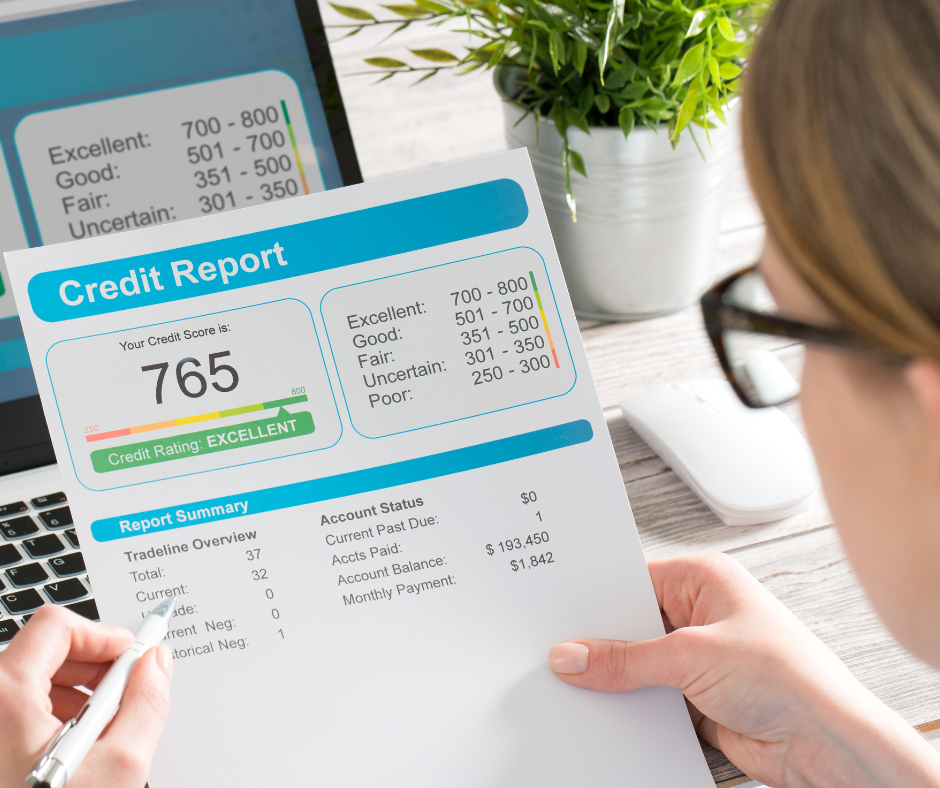How to choose the right credit card for your spending habits
Struggling to choose the right credit card? Learn how to match your spending habits with the best card features.
Choosing the right credit card for your lifestyle isn’t as simple as picking the one with the flashiest perks.

With so many offers flooding your screen (0% interest, cashback rewards, travel points), it’s easy to get confused or sign up for a card that ends up costing more than it helps. Today, we came to show that the best card for you depends on how you spend, what you need, and what financial habits you’re trying to build or improve.
Understand how you spend
Before applying for a credit card, take a look at your monthly budget and habits. Ask yourself:
- Where do you spend the most money each month?
- Do you usually pay off your balance in full or carry it over?
- Are you trying to earn rewards, manage debt, or build your credit score?
The answers will help you identify the kind of features you actually require.
If you spend a lot on groceries or gas, a cashback card focused on those categories might make sense. If you often travel abroad, a card with travel insurance and no foreign transaction fees could be a smarter choice.
Know the main types of credit cards
Here’s a breakdown of common credit card types to help you narrow your search:
- Rewards cards: offer cashback, points, or miles when you spend in specific categories. Great for everyday users who pay in full each month.
- Low-interest or 0% APR cards: helpful if you plan to carry a balance or make a big purchase and need time to pay it off.
- Balance transfer cards: help consolidate and manage debt with an introductory interest-free period.
- Secured cards: ideal if you have no credit or are rebuilding. They require a refundable deposit but help establish a payment history.
- Student cards: built for young adults and students with limited credit history.
Compare costs and features carefully
Even the right credit card comes with trade-offs. Make sure you understand what you’re signing up for. Key factors to consider include:
- Annual fees: some cards offer more perks but charge a yearly fee. Only pay for features you’ll use consistently.
- Interest rates (APR): if you don’t always pay your full balance, the interest rate matters, especially after any intro period ends.
- Foreign transaction fees: for travelers or online shoppers, these fees (often 2–3%) can add up fast.
- Penalty charges: late payments may trigger fees or increase your interest rate permanently.
Also, watch for sign-up bonuses that sound exciting but require high spending thresholds. If those targets don’t match your habits, the “bonus” may not be worth it.
Match your goals, not just the perks
People frequently get swayed by eye-catching rewards, but not every card suits every goal. Clarifying your financial goal makes it easier to ignore distractions and focus on long-term value.
Use comparison tools and calculators to estimate what each card could offer you in real terms based on your spending. What looks good on paper doesn’t always perform well in practice.
Know yourself, then choose
Choosing the right credit card starts with understanding your habits, not chasing trends. A well-matched card won’t solve all your financial problems, but it can be a helpful tool when used responsibly.
Focus on your needs, read the fine print, and compare real costs and benefits. With the right fit, your credit card can support smarter spending, not complicate it.






